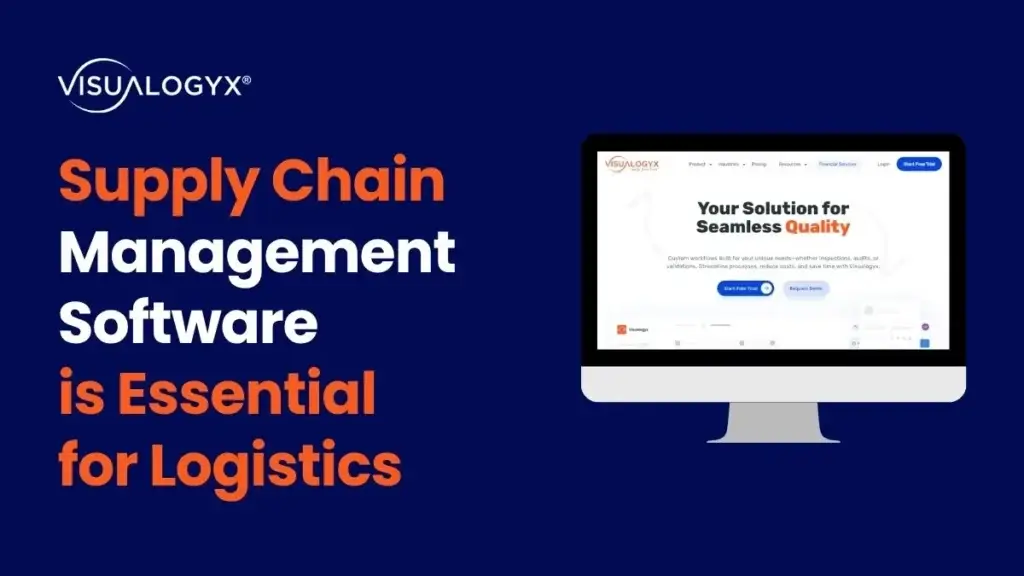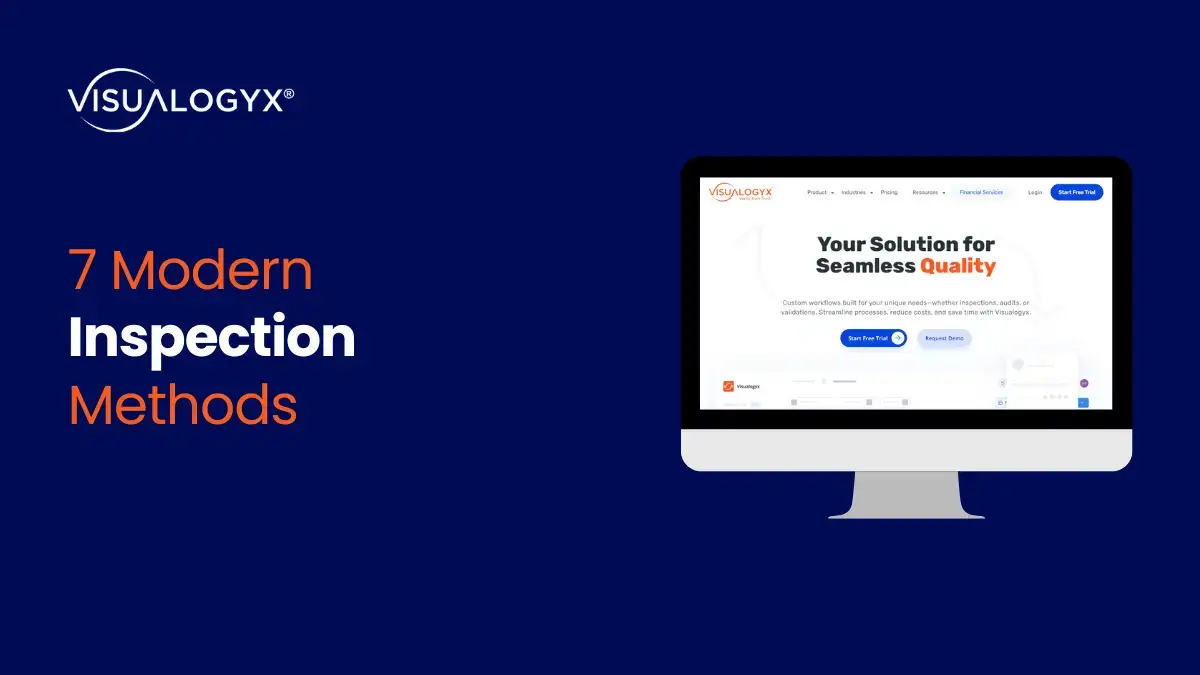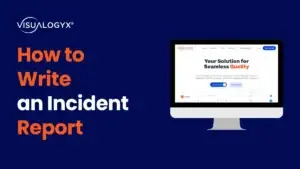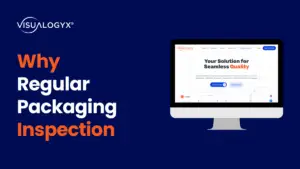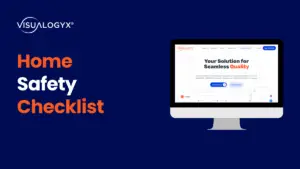In today’s fast-paced business environment, inspection processes are undergoing a remarkable transformation. The traditional clipboard-and-pen approach is rapidly giving way to sophisticated digital solutions that dramatically improve accuracy while reducing operational costs. As we move through 2025, organizations across manufacturing, financial services, and logistics are adopting innovative inspection methods that deliver tangible benefits to their bottom line.
This article explores seven cutting-edge inspection approaches that forward-thinking companies are implementing to streamline operations, ensure compliance, and validate critical data. Whether you’re managing quality control in manufacturing facilities or verifying loan collateral in financial services, these methods offer practical pathways to operational excellence.
1. AI-Powered Inspection Systems
Artificial intelligence has revolutionized how businesses conduct inspections across industries. No longer limited to manual observations, AI systems can now detect patterns, anomalies, and potential issues with remarkable precision.
Machine Learning for Defect Detection
Modern AI inspection systems employ sophisticated machine learning algorithms that continuously improve their accuracy over time. These systems analyze vast quantities of data to identify defects or compliance issues that might escape human detection.
For manufacturing operations, AI-powered visual inspection can:
- Detect microscopic defects at production speeds
- Classify and categorize issues by severity and type
- Predict potential failures before they occur
- Maintain consistent quality standards 24/7
The implementation of AI inspection systems typically reduces quality control costs by 30-40% while simultaneously improving detection rates by up to 90% compared to manual methods.
2. IoT and Real-Time Monitoring Solutions
Internet of Things (IoT) technology has transformed static, periodic inspections into continuous monitoring systems that provide instant alerts and actionable insights.
Smart Sensors and Connected Devices
Modern inspection processes increasingly rely on networks of sensors that continuously monitor equipment condition, environmental factors, and operational parameters. These systems create a digital thread of information that enables:
- Immediate notification when parameters exceed acceptable ranges
- Historical performance tracking for predictive maintenance
- Automatic documentation for compliance purposes
- Remote monitoring capabilities for distributed operations
By implementing IoT-based inspection systems, businesses can reduce emergency repairs by up to 70% while extending asset lifespans through optimized maintenance scheduling.
3. Mobile Inspection Applications
The shift to mobile-first inspection platforms represents one of the most significant advancements in modern inspection methodology. These applications transform smartphones and tablets into powerful data collection tools that streamline the entire inspection process.
Field-Ready Digital Inspection Tools
Today’s mobile inspection applications offer comprehensive functionality that eliminates paper-based processes entirely. Field teams can:
- Complete customized inspection templates with built-in validation
- Capture high-resolution photos and videos as evidence
- Record geolocation data automatically for each inspection
- Generate professional reports instantly upon completion.
The most effective mobile inspection platforms include offline capabilities, ensuring teams can continue working even in areas with limited connectivity. Once reconnected, data synchronizes automatically to central systems.
4. Drone-Based Inspection Technology
Unmanned aerial vehicles (drones) have dramatically changed how businesses inspect large-scale assets, facilities, and infrastructure. This technology enables access to previously difficult or dangerous inspection points without scaffolding, lifts, or putting personnel at risk.
Aerial Imaging and Analysis
Modern inspection drones combine high-resolution cameras with specialized sensors to capture comprehensive data about physical assets. The advantages include:
- Complete visual documentation of large structures in minutes rather than days
- Access to difficult-to-reach areas without safety risks
- Thermal imaging to detect heat anomalies indicating potential issues
- 3D mapping capabilities for comprehensive structural analysis
Organizations implementing drone inspection programs typically report inspection time reductions of 80-90% for large-scale assets while collecting more comprehensive data than traditional methods allow.
5. Digital Twin Technology for Virtual Inspections
Digital twin technology creates accurate virtual replicas of physical assets, enabling remote inspection capabilities that were impossible just a few years ago.
Remote Monitoring and Simulation
By creating detailed digital representations of equipment, facilities, or products, businesses can conduct thorough inspections without physical presence. This approach offers several advantages:
- Ability to simulate operating conditions and stress tests virtually
- Historical comparison of asset condition over time
- Remote collaboration among inspection teams across locations
- Predictive modeling to anticipate maintenance requirements
Digital twin technology is particularly valuable for complex equipment where internal components require inspection but disassembly would be costly or disruptive to operations.
6. Cloud-Based Inspection Management Systems
The backbone of modern inspection processes is increasingly cloud-based software that centralizes data collection, analysis, and reporting functions.
Centralized Data Management
Cloud platforms transform inspection data into actionable business intelligence through:
- Real-time dashboards showing inspection status across operations
- Automated compliance reporting and documentation
- Advanced analytics to identify trends and improvement opportunities
- Secure, accessible storage of all inspection records.
These systems eliminate information silos by creating a single source of truth for inspection data across the organization. Team members from operations, quality, compliance, and management can access appropriate information based on role-specific permissions.
7. Blockchain for Tamper-Proof Inspection Records
For industries where data integrity is paramount, blockchain technology provides an immutable record of inspection activities and findings.
Verifiable Inspection Documentation
Blockchain creates a permanent, unalterable record of inspection data that:
- Prevents unauthorized modification of inspection results
- Creates a verifiable chain of custody for all inspection records
- Establishes timestamp verification for regulatory compliance
- Enables secure sharing of inspection data with third parties
This technology is particularly valuable in regulated industries where proving the authenticity of inspection records is essential for compliance or liability purposes.
Comparing Modern Inspection Methods
When evaluating which inspection technologies to implement, organizations should consider their specific operational requirements and constraints. The following comparison highlights key considerations for each method:
| Inspection Method | Implementation Complexity | Cost Efficiency | Best For | ROI Timeline |
| AI-Powered Systems | High | Medium | High-volume, repetitive inspections | 6-12 months |
| IoT Monitoring | Medium | High | Continuous condition monitoring | 3-9 months |
| Mobile Applications | Low | Very High | Field-based inspection teams | 1-3 months |
| Drone Technology | Medium | High | Large-scale or hazardous assets | 3-6 months |
| Digital Twins | High | Medium | Complex equipment or systems | 9-18 months |
| Cloud Management | Low | High | Multi-location operations | 2-4 months |
| Blockchain Records | Medium | Medium | Highly regulated industries | 6-12 months |
Implementing Digital Inspection Solutions
The transition from traditional to digital inspection methods requires careful planning and execution. Organizations should consider these key steps when modernizing their inspection processes:
Assessment and Selection
Begin by evaluating your current inspection workflows to identify pain points and opportunities for improvement. Consider factors such as:
- Volume and frequency of inspections
- Complexity of inspection criteria
- Geographic distribution of assets or facilities
- Regulatory compliance requirements
- Integration needs with existing systems
Select technologies that address your specific challenges rather than implementing solutions simply because they’re new or trending.
Customization and Configuration
The most effective digital inspection systems allow for customization to match your specific business processes. Look for platforms that offer:
- Flexible template creation for different inspection types
- Configurable workflows that match your approval processes
- Integration capabilities with existing business systems
- Scalability to grow with your organization
Proper configuration ensures the technology enhances rather than disrupts your operations.
Training and Adoption
Even the most advanced inspection technology delivers value only when properly adopted by users. Develop a comprehensive training program that:
- Provides hands-on experience with new tools
- Explains the benefits to individual users
- Addresses concerns about technology adoption
- Offers ongoing support during the transition period
Organizations that invest in proper training typically see faster adoption rates and higher satisfaction with digital inspection solutions.
Conclusion
The inspection landscape is evolving rapidly as new technologies enable more efficient, accurate, and cost-effective approaches. By implementing these seven modern inspection methods, organizations can significantly reduce operational costs while improving compliance and quality outcomes.
Digital inspection solutions deliver tangible benefits through reduced inspection time, improved data accuracy, and enhanced decision-making capabilities. As these technologies continue to mature, the gap between organizations using traditional methods and those embracing digital transformation will only widen.
For businesses ready to modernize their inspection processes, the first step is evaluating current workflows and identifying which digital solutions align with specific operational needs. With the right implementation approach, these technologies can deliver substantial returns on investment while positioning organizations for future growth and compliance requirements.
